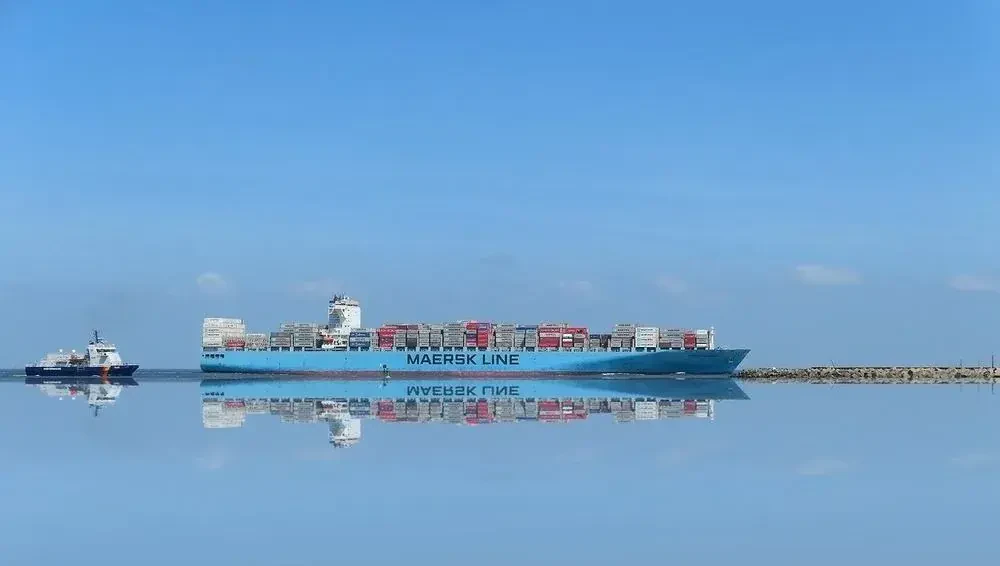Published by Chris Townsend
Last updated Dec, 30 2025

Migration involves the movement of people between places, often across significant distances or international borders. In contrast, relocation typically refers to individuals or families moving within the same country or region, often for short—or long-term reasons, and is generally more permanent.
Understanding the difference between migration and relocation is essential in nuanced conversations. While both entail shifting from one place to another, migration typically involves larger-scale, often international movements. Relocation, however, usually refers to individuals or families moving within the same country or region, often for specific reasons, whether temporary or permanent.
Relocation Explained: A Basic Understanding
This can be local, regional, or international and for many reasons. Socioeconomic factors, education, employment, or a desire for change can influence it. One leaves their current home or business and moves to a new one.
Relocation and community mobility show human adaptability and resilience. It is essential to life's pursuit of stability, prosperity, and improvement. Shifting shapes lives, societies, and population distributions, whether voluntary or forced, short-term or permanent.
The Conceptual Divergence: Relocation vs. Migration

Many people use migration and relocation interchangeably. However, these concepts differ significantly in nuanced conversation and professional discourse. Traditional migration is the movement of a person or group between habitats. Climate change, socioeconomic issues, political unrest, and species cycles mainly affect this.
People move for short- or long-term reasons. A job change, education goals, or lifestyle preferences may cause this. Importantly, relocation may be temporary. Repositioning depends on the movement's duration. A student studying abroad may move for a few years, but settling permanently is migration.
Key Factors
People move from one geopolitical region to another for various reasons, with some primary drivers including economic opportunities, political instability, conflict, and environmental conditions. The desire for an improved standard of living often drives economic migration. This can be seen in the movement of individuals or families from economically less developed countries to wealthier ones in search of better job opportunities and improved quality of life. For instance, there is a consistent influx of people from developing nations to economically robust countries like the U.S., Canada, Australia, and Europe.
On the other hand, war, political unrest, and the resultant insecurity can spark many migratory movements. Similarly, environmental factors such as extreme weather conditions, natural disasters, or longer-term climate changes may compel individuals and communities to relocate, typically labeled as 'environmental migrants.' An example is the current migration from low-lying island nations that face the risks of rising sea levels due to climate change.

Frequently Asked Questions
Migration refers to a long-term or permanent move, often across national borders, driven by factors like employment, safety, or climate. Relocation is a structured move of an individual, family, or employee to a new residence, usually within the same country. Migration is population-based and policy-driven, while relocation is personal or employer-managed and focused on logistics, housing, and timing. This distinction is commonly misunderstood in moving contexts and HR planning.
Migration is most commonly international but can also occur within a country when people permanently resettle between regions. Relocation is typically domestic and planned, such as moving for a job transfer or lifestyle change. The key difference is intent and structure: migration emphasizes permanent resettlement, while relocation focuses on executing a move efficiently. For a related comparison, see what’s the difference between relocation and moving.
Migration often involves visas, residency permits, and immigration law compliance regulated by government agencies. Relocation rarely involves immigration law and instead centers on housing, moving logistics, school transfers, and employment start dates. Migration decisions are policy-heavy and long-term, while relocation decisions are operational and time-bound, especially for employer-sponsored moves or domestic household transitions.
Yes. Relocation can be temporary or long-term, such as a short-term work assignment or a multi-year job transfer. Migration usually implies permanent settlement with no defined return timeline. This difference matters when planning housing, taxes, and moving services. Temporary relocations often prioritize speed and flexibility, while migration requires deeper long-term planning around residency, employment rights, and integration.
Moving companies use relocation because it accurately describes the service provided: transporting household goods and coordinating logistics. Migration describes a social or legal process, not a physical moving service. Relocation aligns with residential moves, corporate transfers, and planned household transitions handled by moving services, rather than government-regulated immigration processes.


